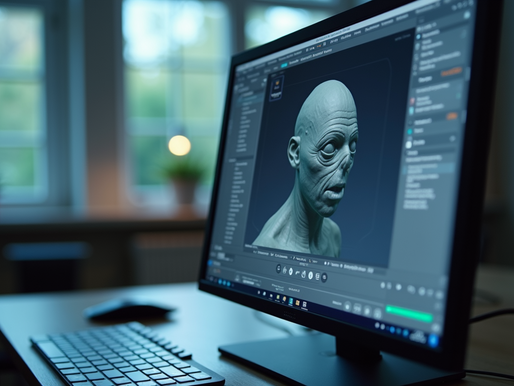top of page
All Posts


Mastering the Art of 3D Animation Modeling
Creating stunning visuals and lifelike characters in digital media starts with mastering the fundamentals of 3D animation modeling. This craft combines creativity with technical skills to bring ideas to life in three dimensions. Whether you are an aspiring artist or a professional looking to refine your skills, understanding the core principles of 3d modeling basics is essential. Understanding 3d Modeling Basics 3D modeling is the process of developing a mathematical represen

Motion Falcon
5 days ago3 min read


Enhancing Space Design Journeys with Dynamic Web Design
In today’s digital age, the way we explore and interact with space design projects has transformed dramatically. Websites are no longer just static portfolios or simple galleries. They have become immersive platforms that guide users through a journey of creativity, innovation, and inspiration. This transformation is largely driven by interactive web design , which allows users to engage with content dynamically, making the experience more memorable and effective. Interactive

Motion Falcon
5 days ago5 min read


Elevating User Experiences with Dynamic Web Design
In today's digital landscape, websites are more than just online brochures. They are dynamic platforms that engage users, provide seamless navigation, and adapt to individual preferences. The evolution of web design has brought about interactive web solutions that transform static pages into lively, user-centric experiences. This shift is crucial for businesses and creators aiming to captivate their audience and foster meaningful connections. The Power of Interactive Web Solu

Motion Falcon
5 days ago4 min read
bottom of page